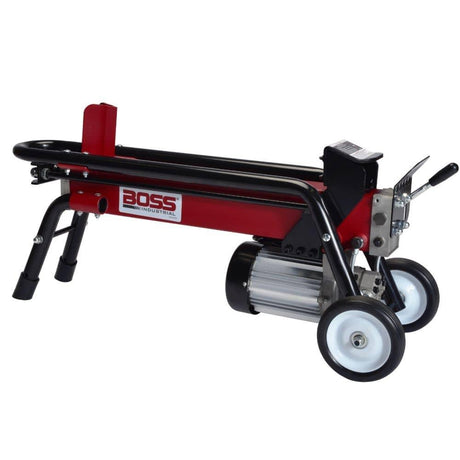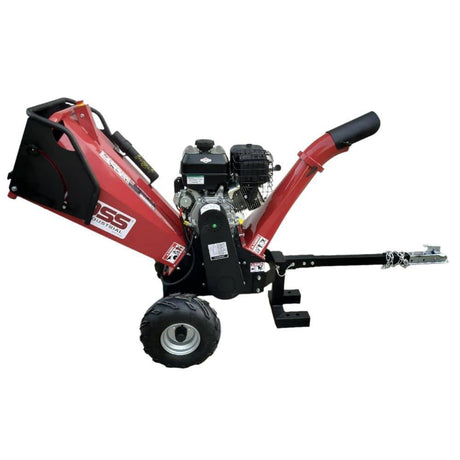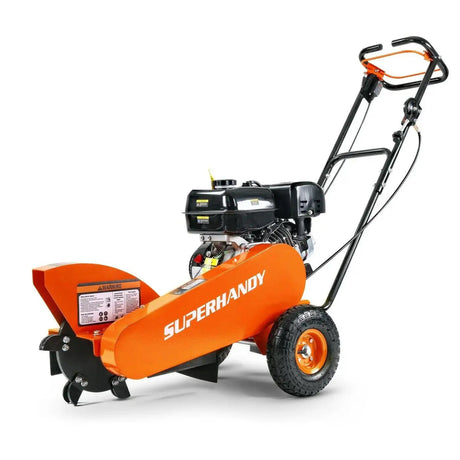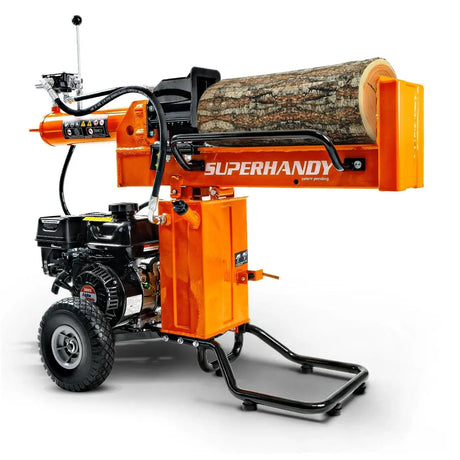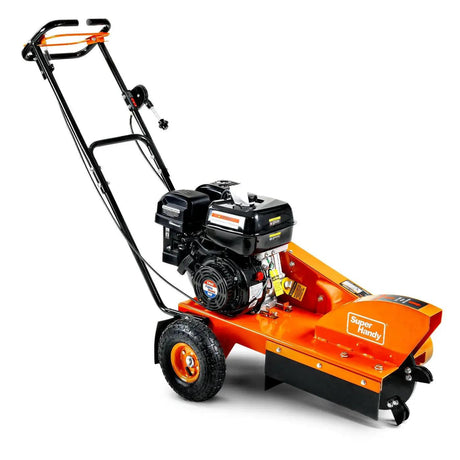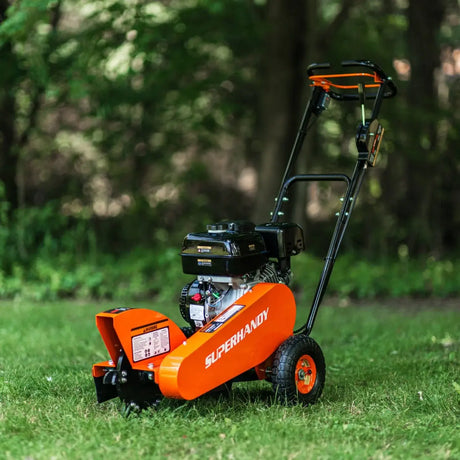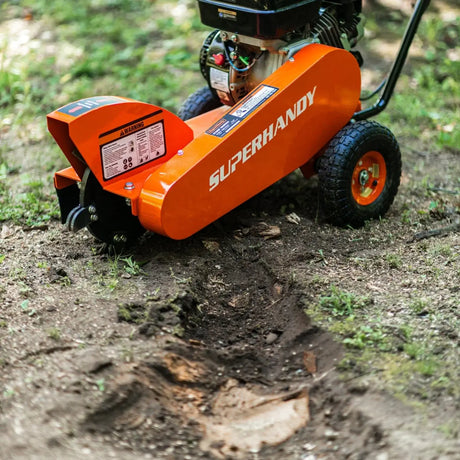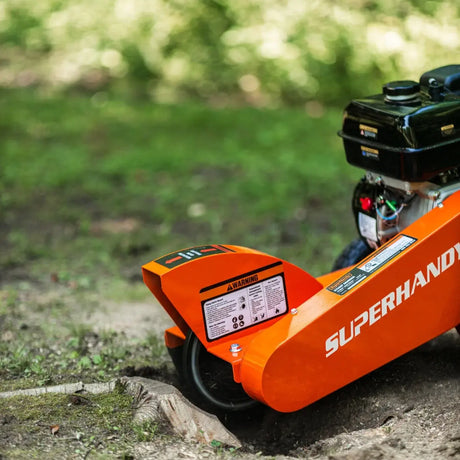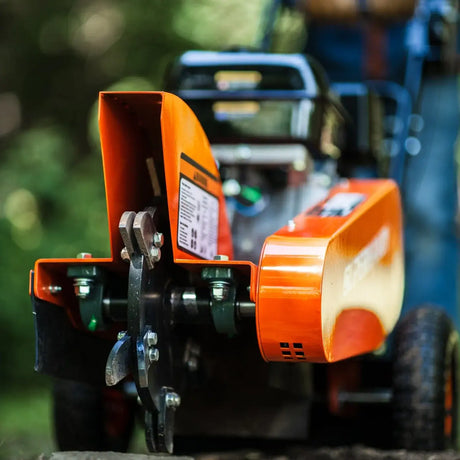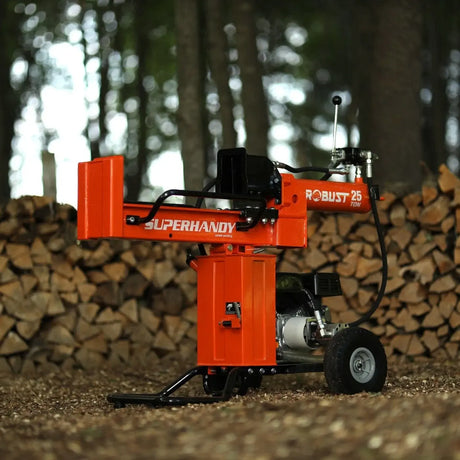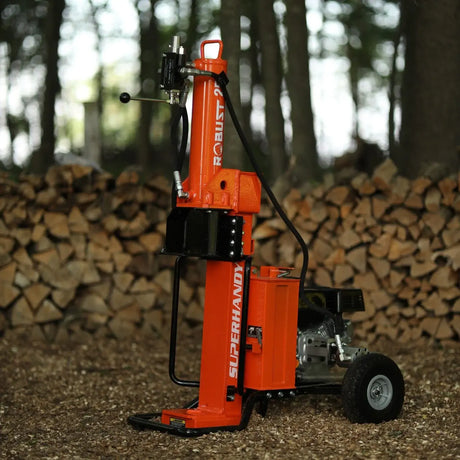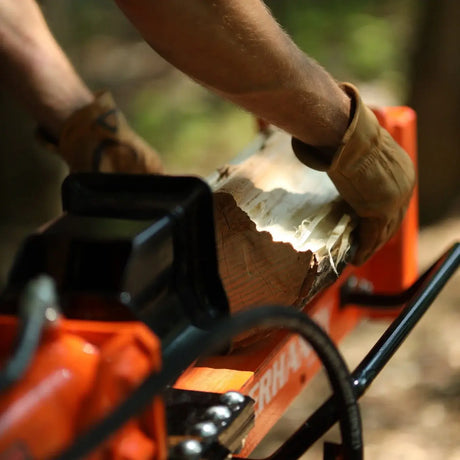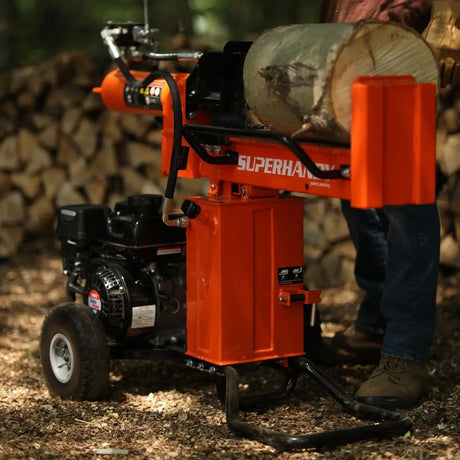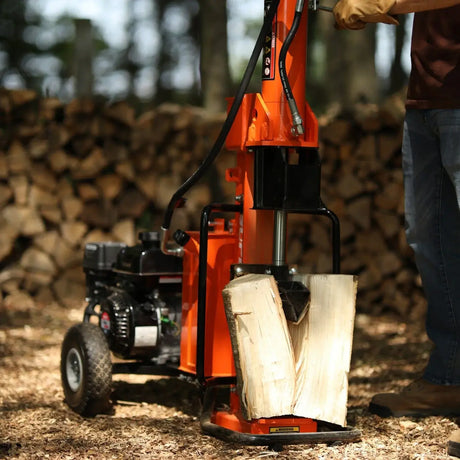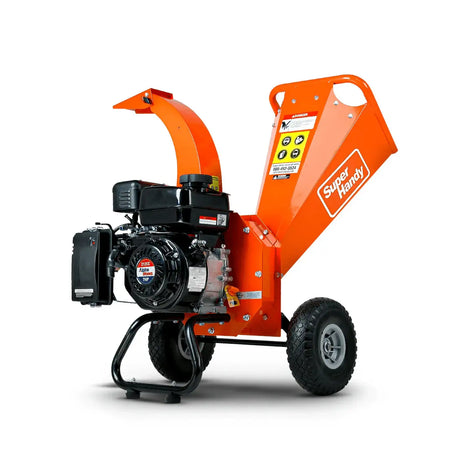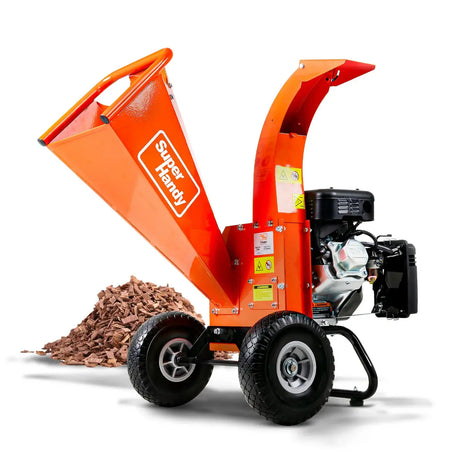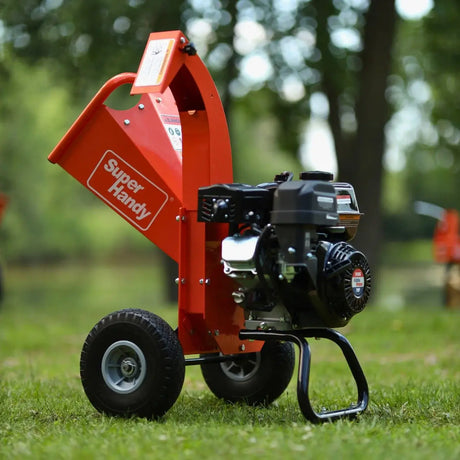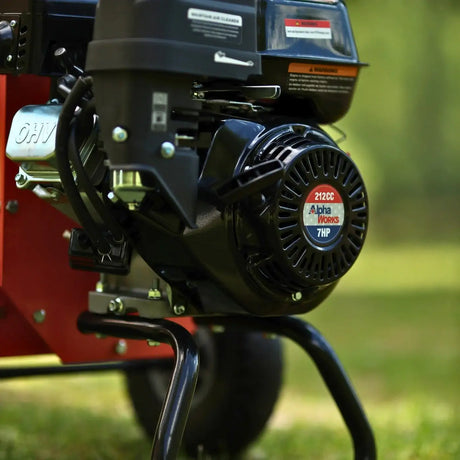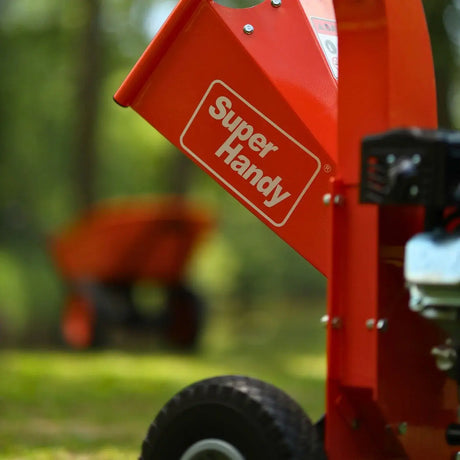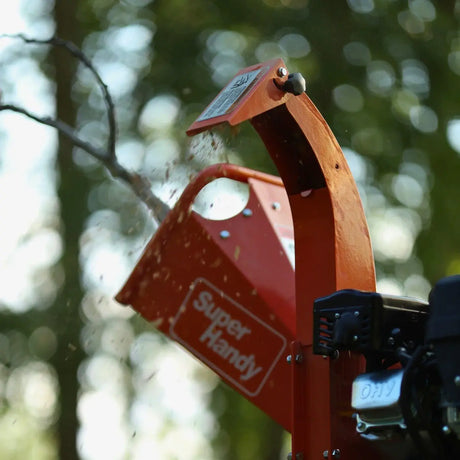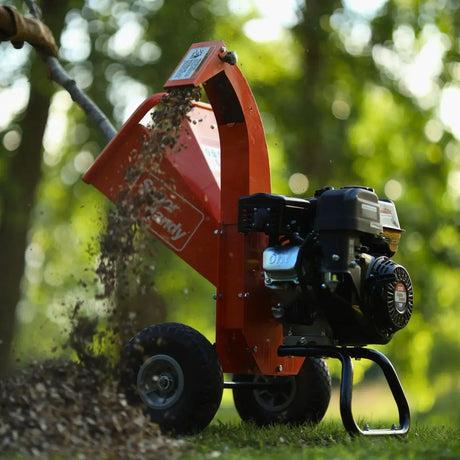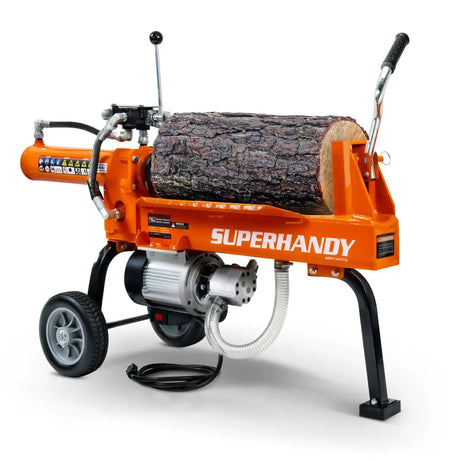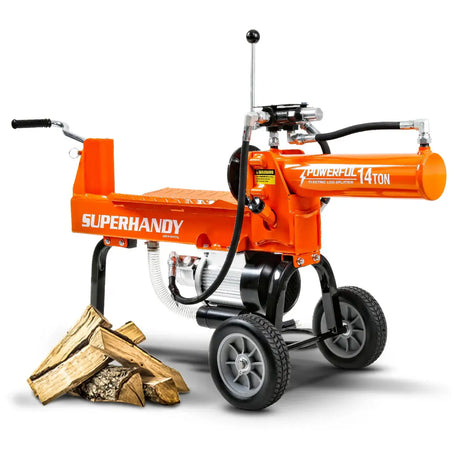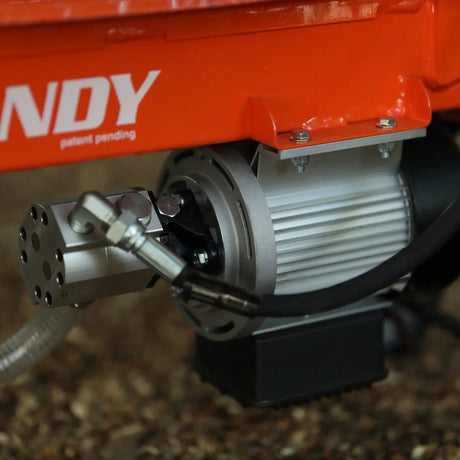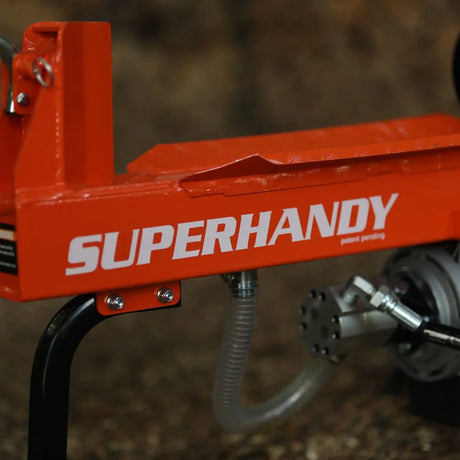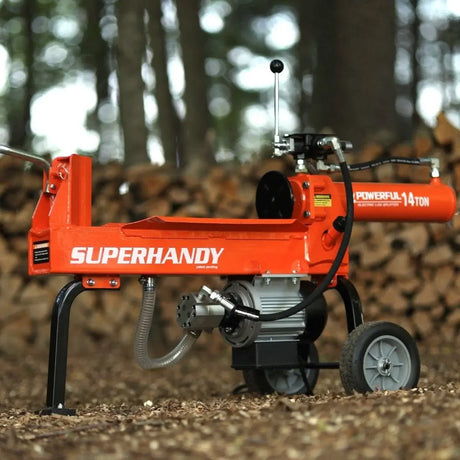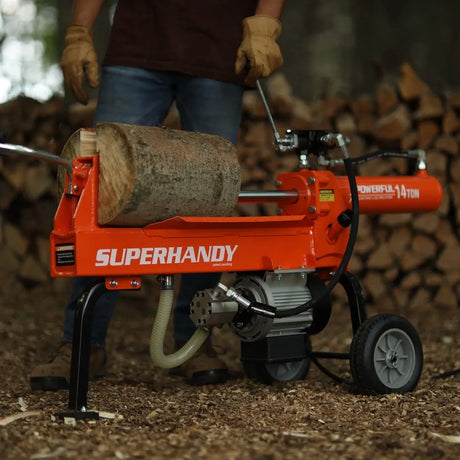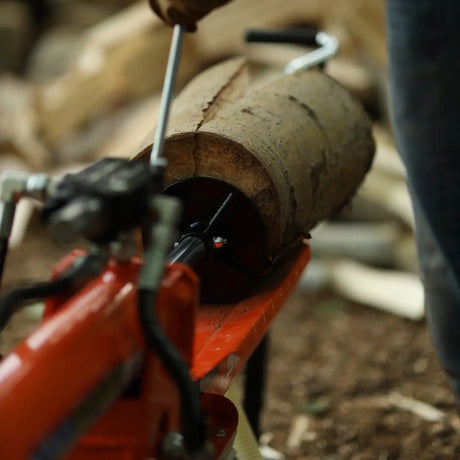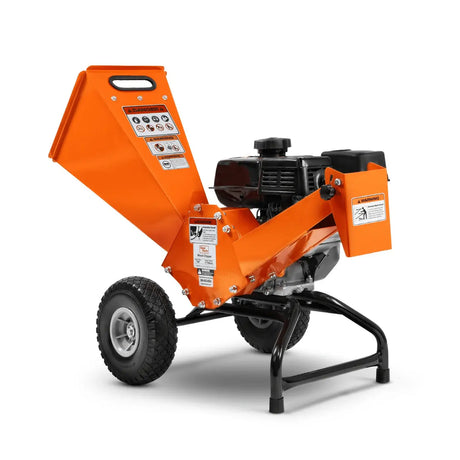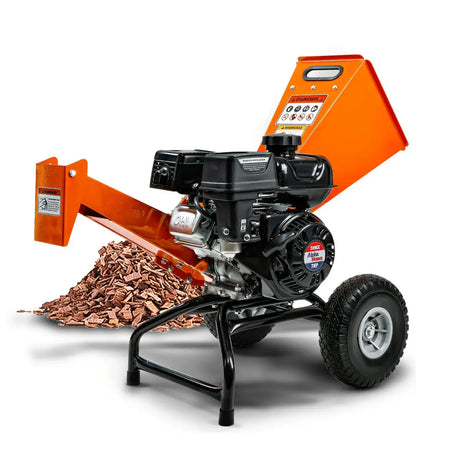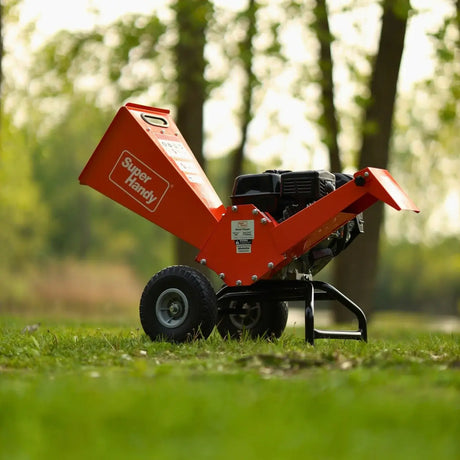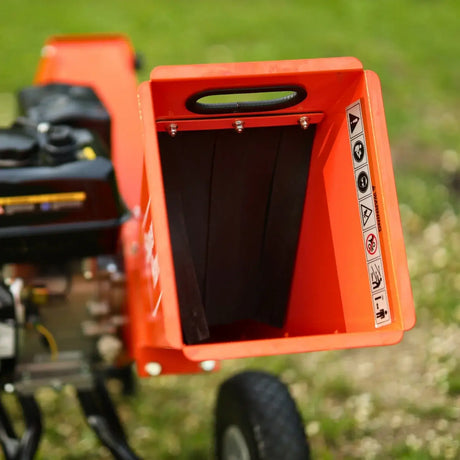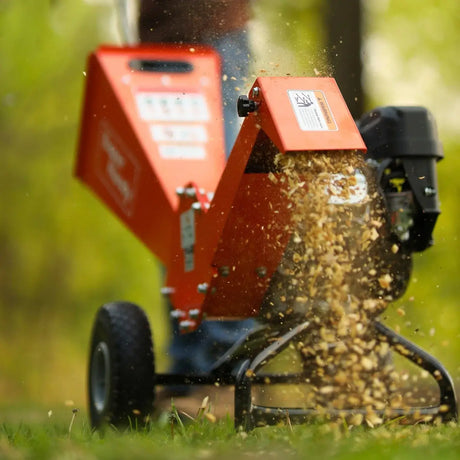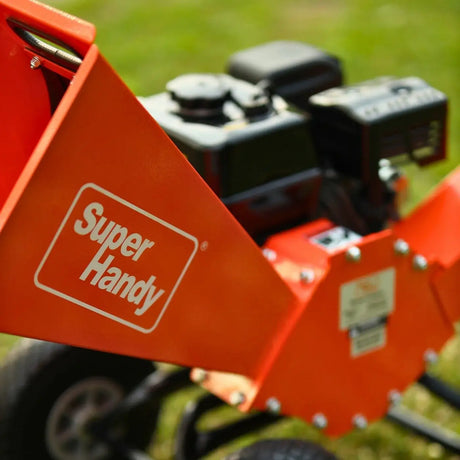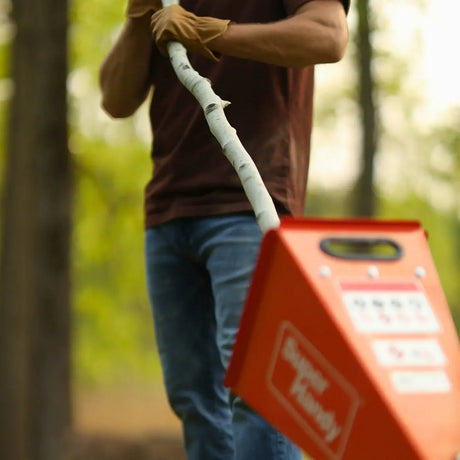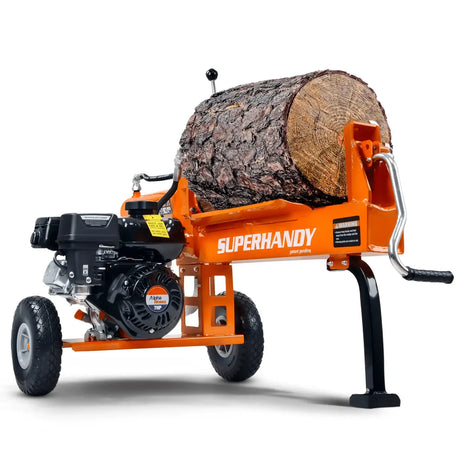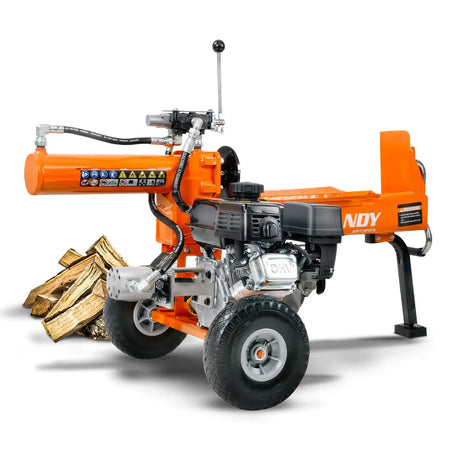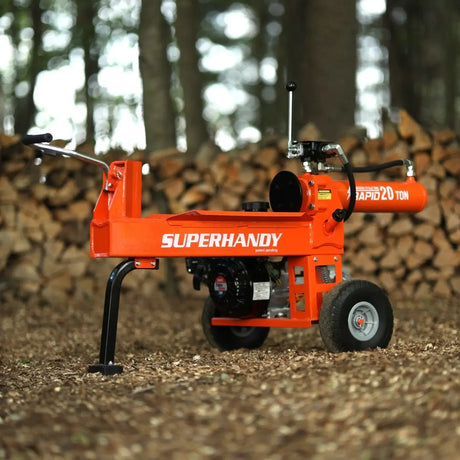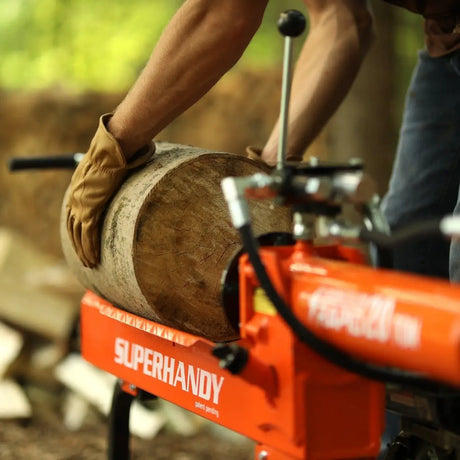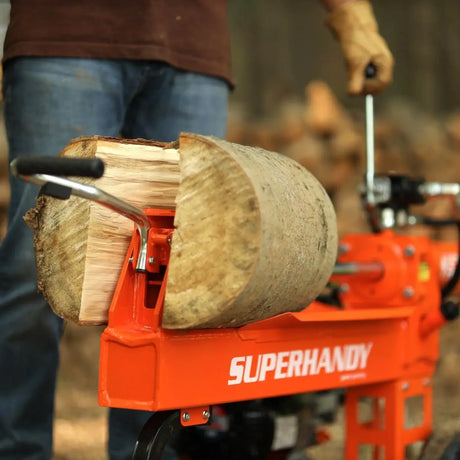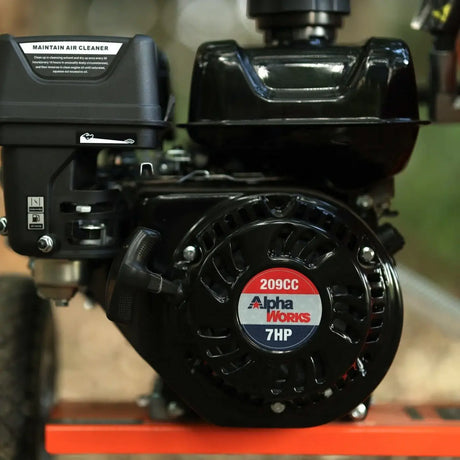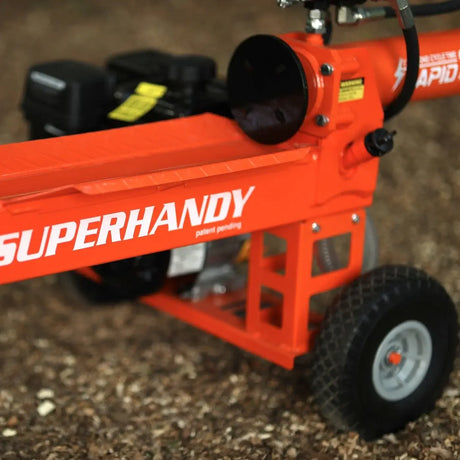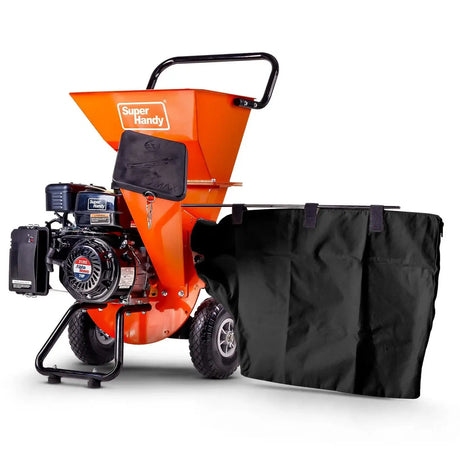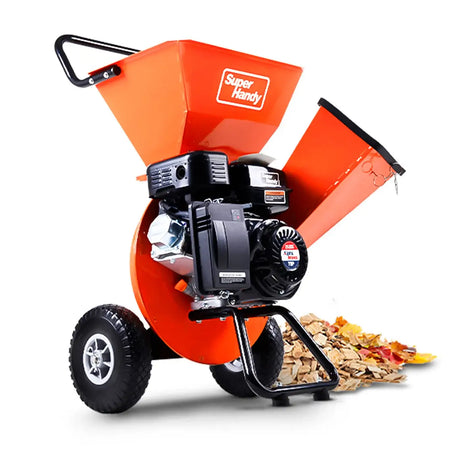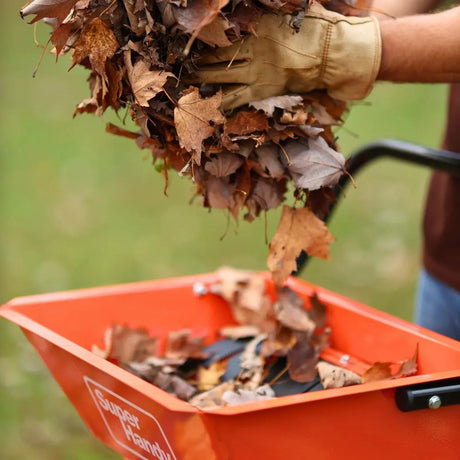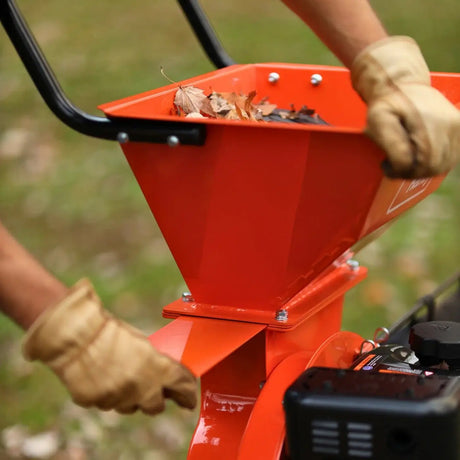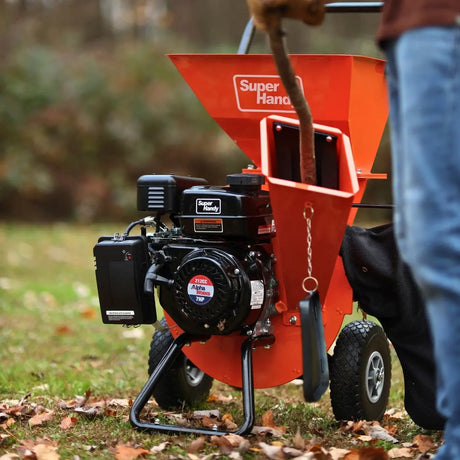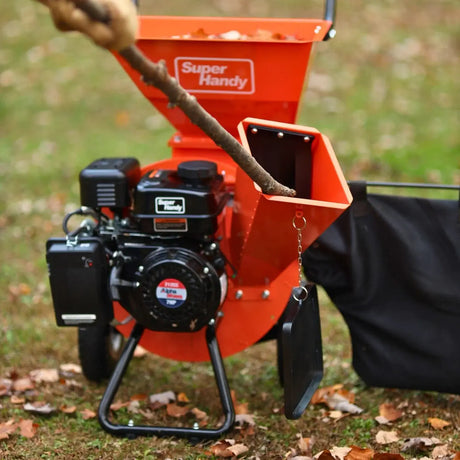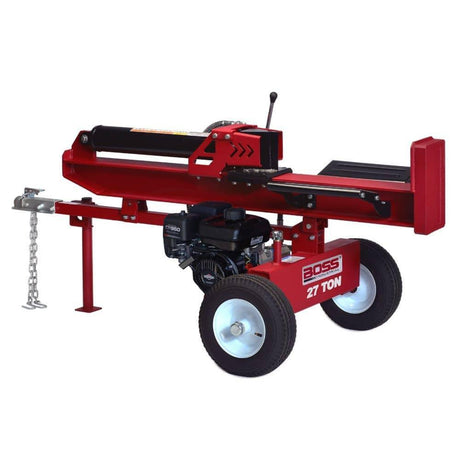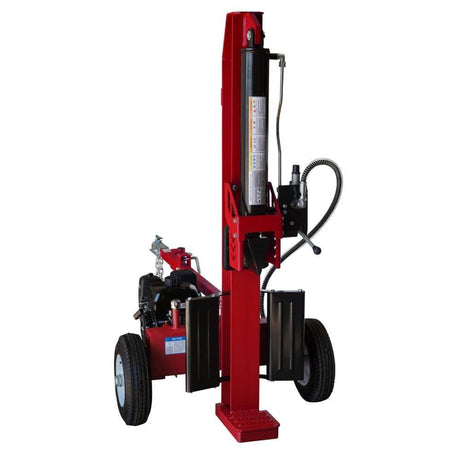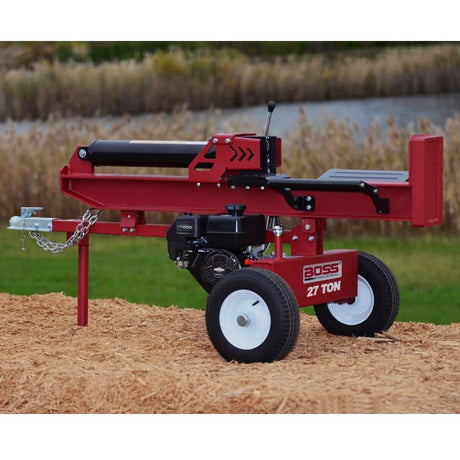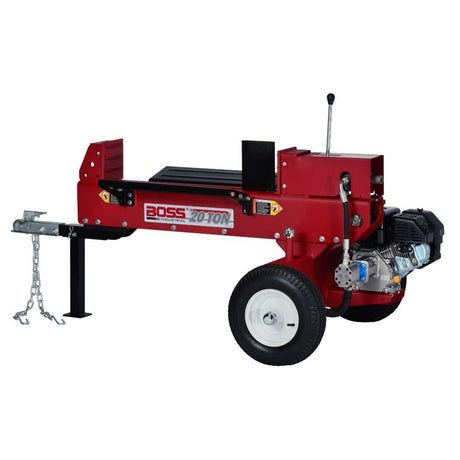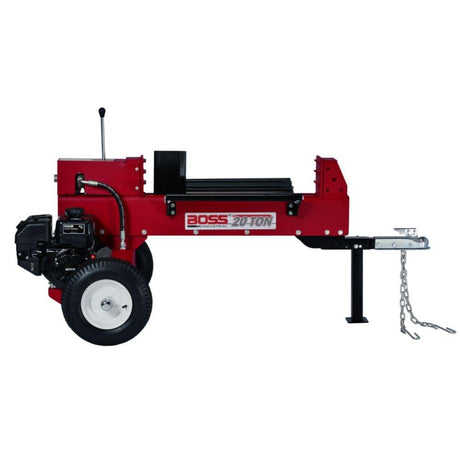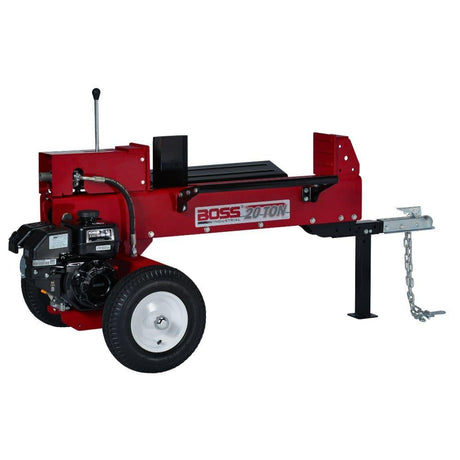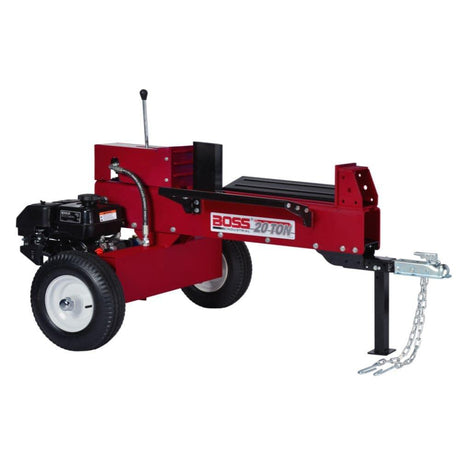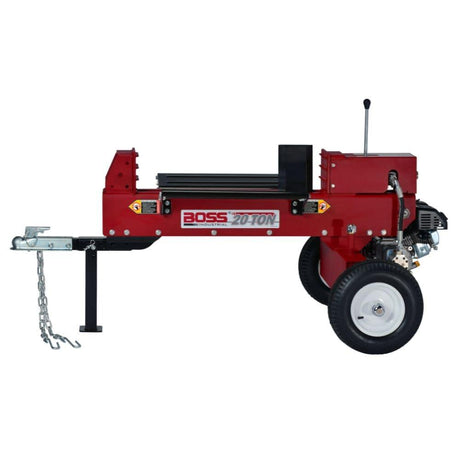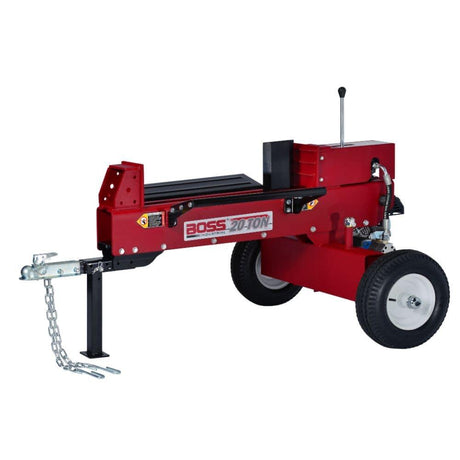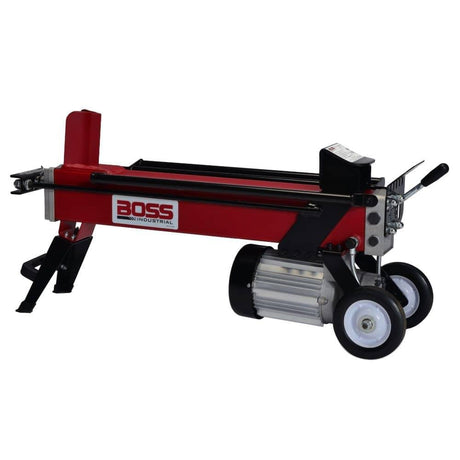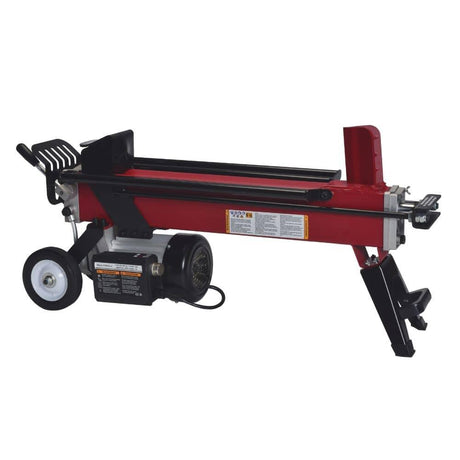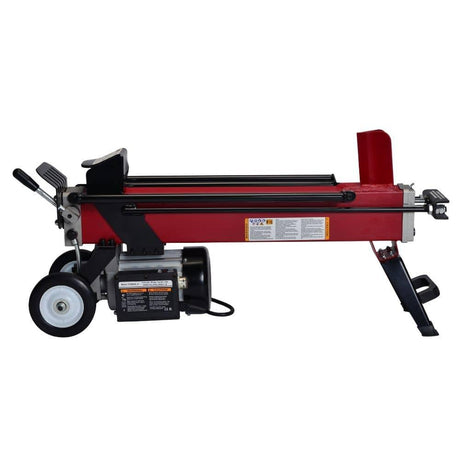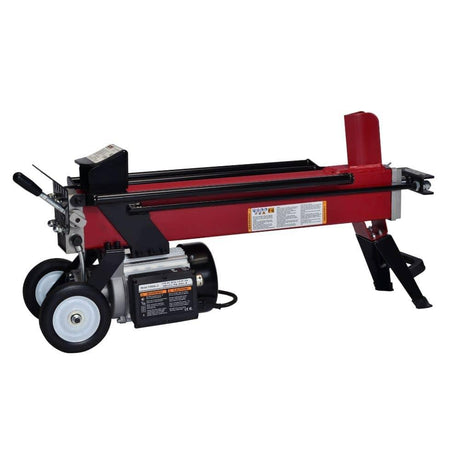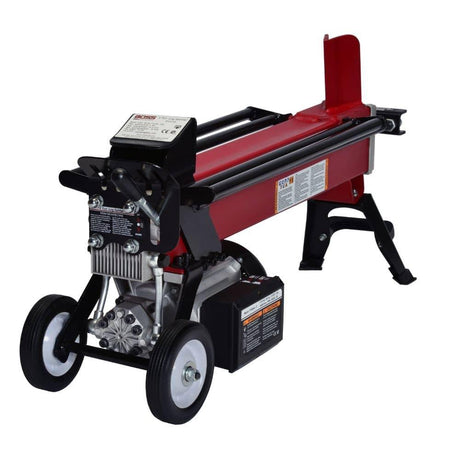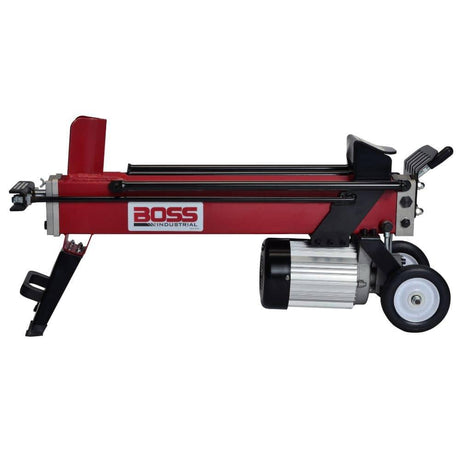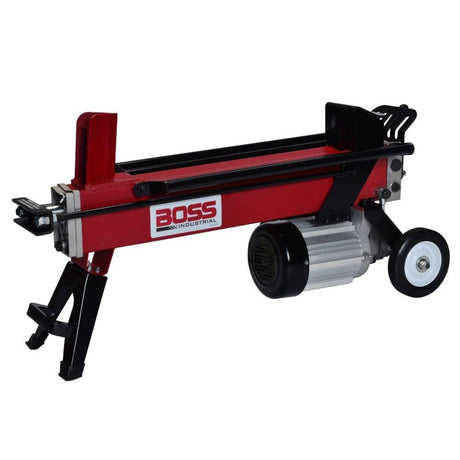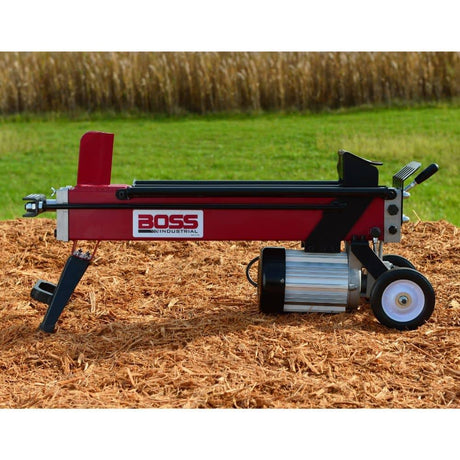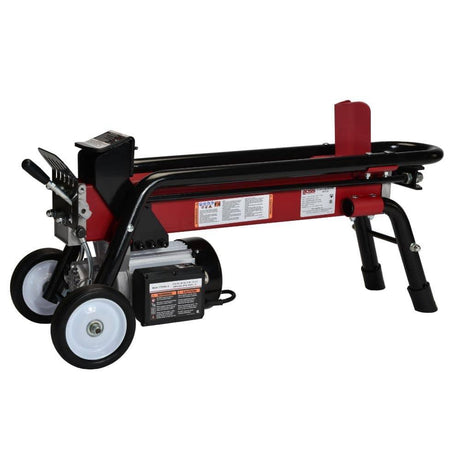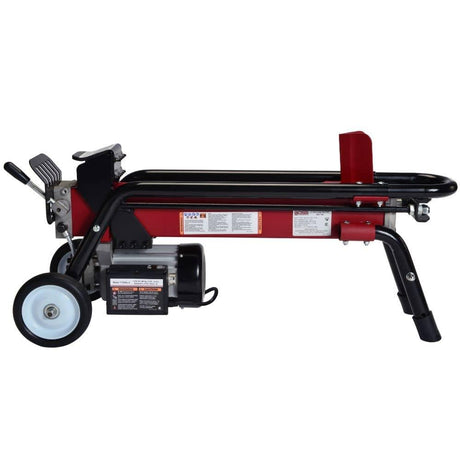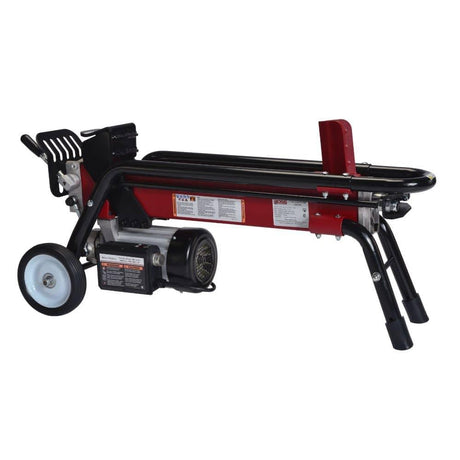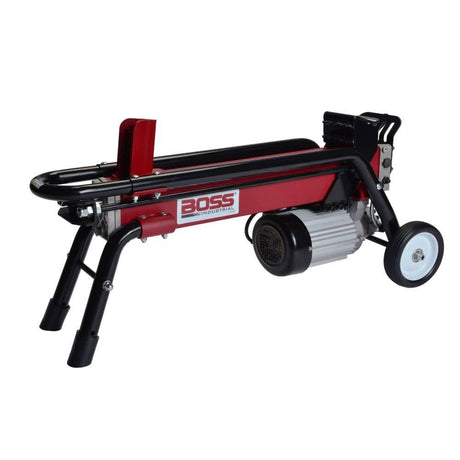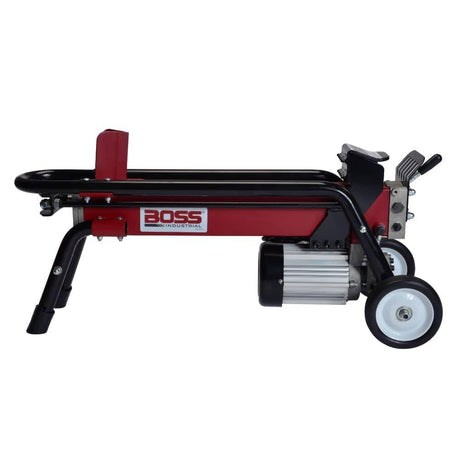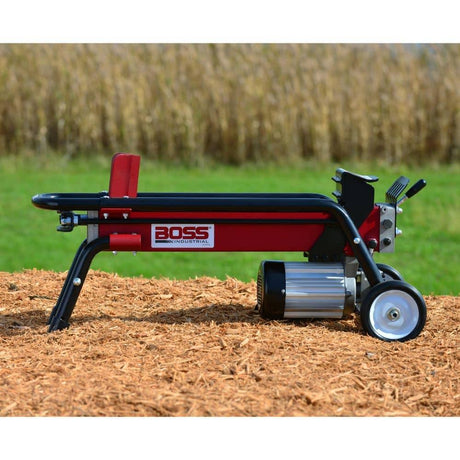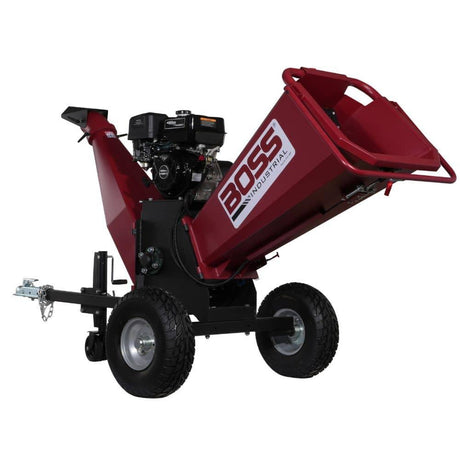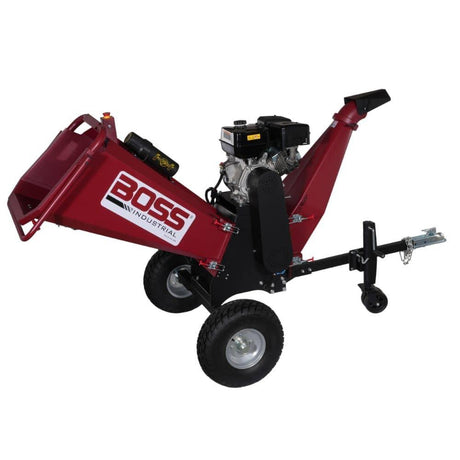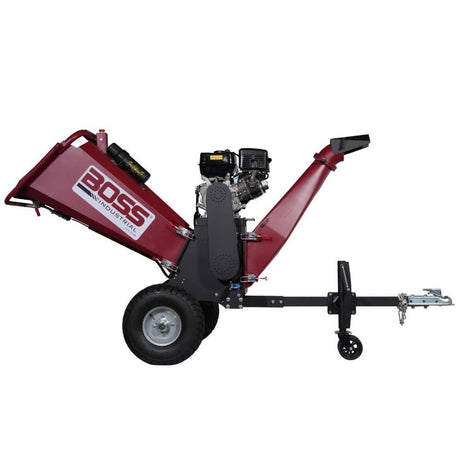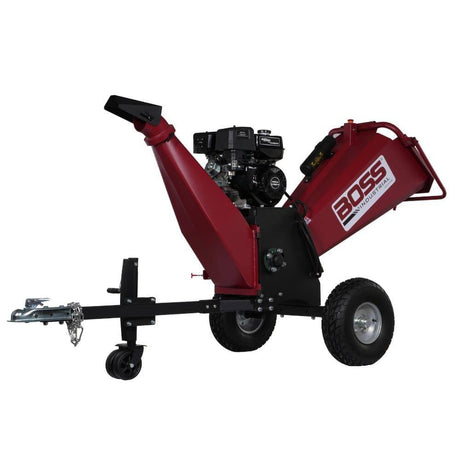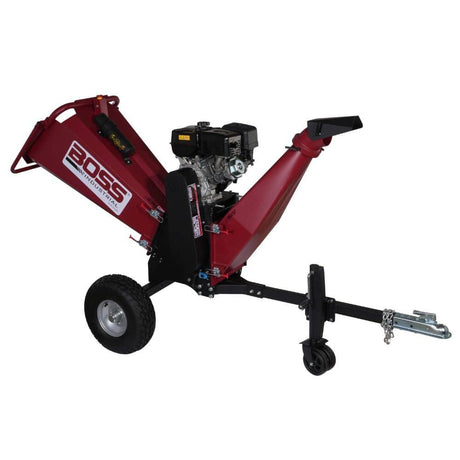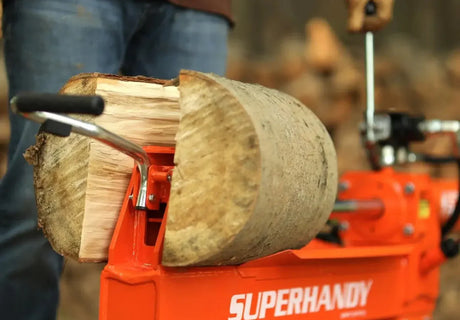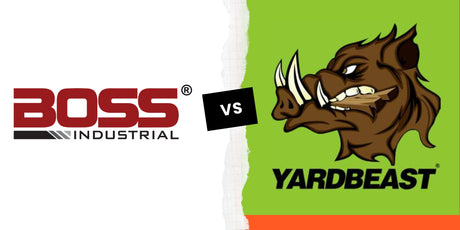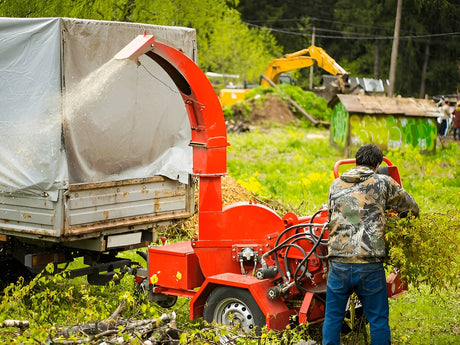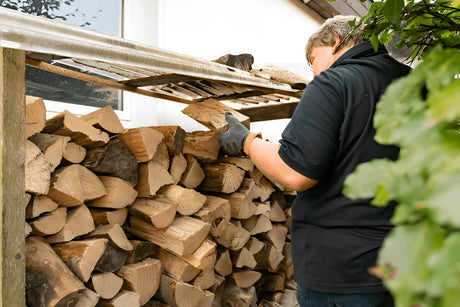If you've ever tried to heat your home with freshly cut wood, you know it doesn't perform like the dry stuff. Green wood feels heavy, smokes like crazy, and barely puts out heat. That's because most of the energy is wasted burning off water. In contrast, seasoned firewood lights easily, burns hotter, and gives you real heat when you need it most.
Below, we'll break down exactly how moisture content affects weight, burn quality, and heat output-so you can get the most from every cord you stack.
For a deeper look at heat output per species, check our Firewood BTU Chart by Wood Type: Heat Output Comparison for Home Heating to see which wood gives the most heat.
Key Takeaways
- Green wood can waste up to 30% of its energy just evaporating moisture.
- Seasoned firewood weighs up to 1,500 lbs less per cord-easier to haul, stack, and store.
- You'll need 15-25% more green wood to get the same heat output as seasoned wood.
- Dry wood burns cleaner, hotter, and with far less creosote and smoke.
Green vs. Seasoned Firewood: BTU, Weight, and Performance Comparison
The table below compares green and seasoned firewood across key performance factors, including moisture content, BTU output, weight, and burning efficiency. Use this as a quick reference to understand why seasoned wood delivers more heat per pound-and what to expect if you're stuck burning green logs.
| Aspect | 🌱 Green Firewood | 🔥 Seasoned Firewood |
|---|---|---|
| Moisture Content | 45–60% (can exceed 100% depending on species) | 15–20% (optimal for burning) |
| BTU Output (per cord) | 18–20 million BTUs | 26–28 million BTUs |
| Energy Loss | ~30% of energy wasted evaporating moisture | Minimal loss — nearly all energy becomes heat |
| Weight (Example: Oak) | ~4,800–5,000 lbs per cord | ~3,300–3,500 lbs per cord |
| Ignition | Difficult to light; low flame consistency | Easy to ignite; steady, clean-burning flame |
| Combustion Efficiency | Inefficient — lowers firebox temp | Efficient — maintains high combustion temps |
| Smoke & Creosote | High smoke output; more chimney buildup | Cleaner burn; less creosote risk |
| Fuel Volume Needed | Requires 15–25% more volume for same heat | Less volume needed for optimal heat output |
BTU stands for British Thermal Unit. It’s the standard measure of heat energy—specifically, the amount of energy needed to raise the temperature of one pound of water by one degree Fahrenheit. When we talk about firewood, higher BTU means more heat per cord. More BTUs = a warmer house and less wood burned.
What This Table Shows
The table compares how moisture affects the way firewood performs-from lighting the first match to how much heat you'll actually feel.
It highlights:
- Moisture content: Green wood can be 50% water (or more), while seasoned wood is 15-20%.
- BTU output: Green wood may give you 18 million BTUs per cord-but seasoned wood gives you 26-28 million. That's a huge difference in heat.
- Weight: Water is heavy. A cord of green oak can weigh 4,800+ lbs, while seasoned oak is closer to 3,300 lbs.
- Efficiency: With green wood, much of the fire's energy is wasted just to dry itself out as it burns.
If you want to plan ahead, learn how long different wood types take to season and avoid burning green logs.
In simple terms: the dryer the wood, the better the burn-and the warmer your home.
| Moisture Content (%) | BTU Output (per cord) | Estimated Energy Loss | Notes |
|---|---|---|---|
| 0% (Oven-dry) | ~30 million BTUs | 0% | Lab value only; impractical in real life |
| 15–20% (Seasoned) | 26–28 million BTUs | Minimal | Ideal range for residential heating |
| 35% | ~22–24 million BTUs | ~15–20% | Damp logs; harder to ignite |
| 50% (Green) | ~18–20 million BTUs | ~30% | Large portion of energy lost to moisture |
How to Use This Data in Real Life
1. Don't Buy Firewood by Weight Alone
Green wood might seem like a better deal-more weight for the same money. But don't be fooled.
- You're paying for water weight.
- You'll burn more wood and get less heat.
Always ask about moisture content, or use a moisture meter to verify before buying.
2. Choose Seasoned Wood for Best Performance
- Faster ignition means less kindling.
- Higher BTU output means fewer trips to the woodpile.
- Cleaner burn means fewer chimney sweeps and less creosote risk.
Even for wood stoves and inserts with catalytic converters, seasoned wood makes all the difference.
3. Match Firewood to Your Equipment
- Burning green wood in a modern EPA-rated stove? It can lower burn temps and clog your catalyst.
- Green wood also produces more smoke and soot, reducing efficiency in chimneys and secondary burn systems.
- Use seasoned hardwoods like oak, ash, or maple if you're relying on a log splitter or wood stove for heat.
4. Plan Your Seasoning Time
- Fresh-cut oak or hickory can take 12-24 months to fully season.
- Stack your firewood off the ground, with airflow on all sides.
- Split logs early to speed up drying.
If you’re choosing a splitter, see our Electric vs. Gas Log Splitter: Full Comparison Guide with Charts to pick the right power source.
The payoff? Reliable, efficient heat when you need it most.
Final Thoughts
Green wood might work in a pinch, but it'll cost you-in heat, time, and effort. The smart move is seasoning your firewood well ahead of time. You'll get hotter fires, cleaner chimneys, and more value from every cord.
If you're splitting your own wood, start the seasoning clock now. And if you're shopping for firewood, always prioritize seasoned logs. The numbers don't lie: less moisture = more heat.
Looking to process your own firewood efficiently? Check out our top-rated log splitters →


